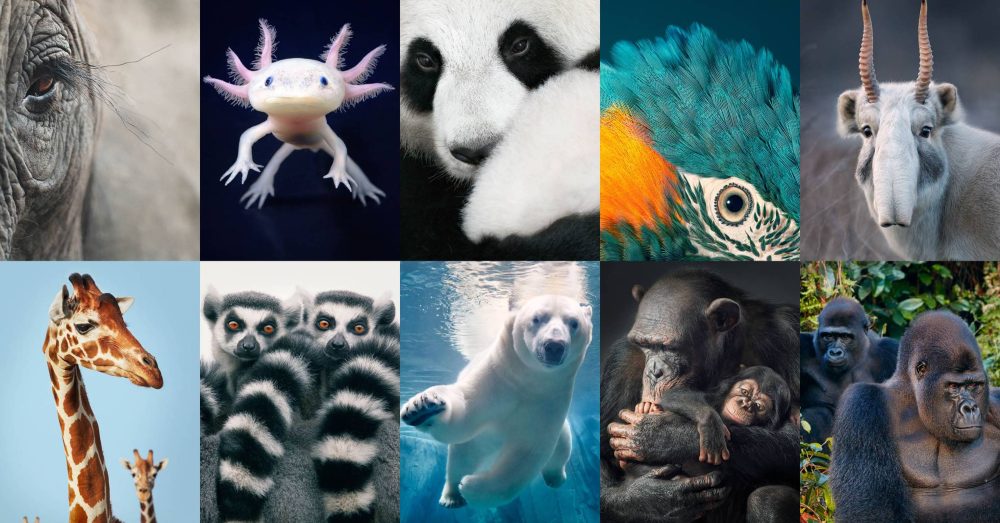5 Endangered Animals to Be on the Lookout For
Take a look at the list below to know which endangered animals to be extra careful around this summer so that you can help protect them.
It’s officially summer, which means just about everyone is spending a lot more time outdoors. Whether you’re camping, hiking, playing sports, swimming, or just soaking up the sun, you’re likely to run into some animals, and while it can be tempting to pet them or pick them up, there are some you’re better off leaving alone.
1.) Monarch Butterfly
The status of the monarch butterfly as endangered is currently “warranted but precluded”, which means that although the butterfly should be considered endangered, and its population is dwindling, it is not officially declared as endangered by the United States government. In the 1990s, the western population of monarch butterflies was over one million, but as of last year, the population is now estimated to be below two thousand. Although monarch butterflies are beautiful, with their intricate black and orange patterns on their wings, touching the animal’s wings can make their colors fade, or cause other damage to their wings. If you see one of these beauties in nature, admire them from a distance.
2.) Red Wolf
Red wolves used to inhabit the entire southeast region of the United States, but the only place they can be found today is in a specific area of North Carolina. Red wolves play a vital role in controlling populations such as deer and raccoons, and if red wolves do become extinct, there will be too many of these species, which will disrupt a delicate food chain. Since red wolves live in one singular area, which is barely above sea level, rising sea levels along with additional human actions could be and have been detrimental to the red wolf population. Most hikers always avoid wolves in nature, but it’s worth noting that red wolves should most definitely be left alone to grow their population.
3.) Florida Panther
Every year, millions of people flock to Florida for vacation, and while many are there for the beaches or for Disney World and Universal Studios, there are also those that come to visit the Everglades, and other primitive, more natural areas of Florida, where Florida panthers live. These striking endangered animals are critically endangered, as there are only 100 to 200 left in the wild. Poaching, habitat destruction, and car accidents between a car and a Florida panther have all been serious threats to the Florida panther population, so if humans aren’t careful about their actions in southern Florida, these creatures could soon be gone for good.
4.) Yosemite Toad
Similar to the red wolf and the Florida panther, the Yosemite toad is only found in one specific area, and that area is a 150-mile range in the Sierra Nevada Mountains. The toads are covered in warts and muted splotches of color, and unfortunately, their population has declined from their once excessive numbers. This decrease in population is due to habitat destruction, disease, and drought. The Sierra Nevada Mountains, as well as California in general, are popular tourist destination, so those who visit should be careful and mindful if they see a Yosemite toad.
5.) Fanshell
Probably the most unusual animal on this list, a fanshell doesn’t look like an animal at all. It’s a mussel, so it looks like a medium-sized seashell. The fanshell used to be found in various rivers and bodies of water throughout the midwest and the southeast United States but now is only found in certain counties of Tennessee, Kentucky, and Virginia. Due to mining and various forms of water pollution, the fanshell population has decreased, and the species can benefit from conservation efforts. If you’re vacationing, hiking, or camping near rivers this summer, consider how the waste you leave behind could impact endangered species like the fanshell, or how pesticides and run-off could harm the river systems. Seeing animals out in the wild is always one of the best parts of spending time outdoors. But there are some species that should always be left alone, so when you are exploring this summer, try to do your part to help these endangered species.







